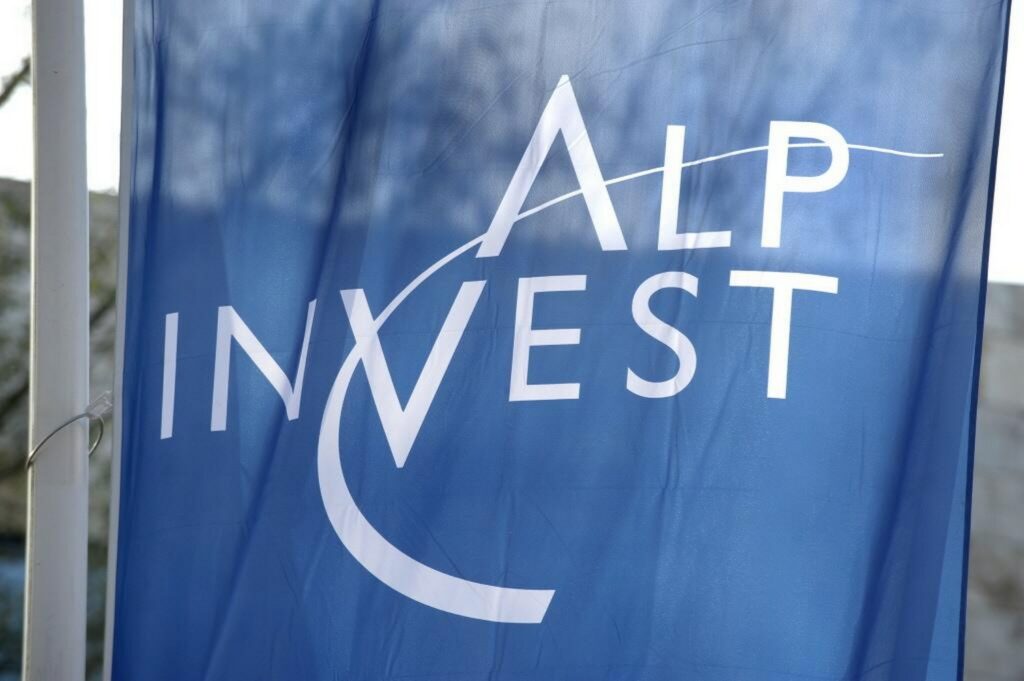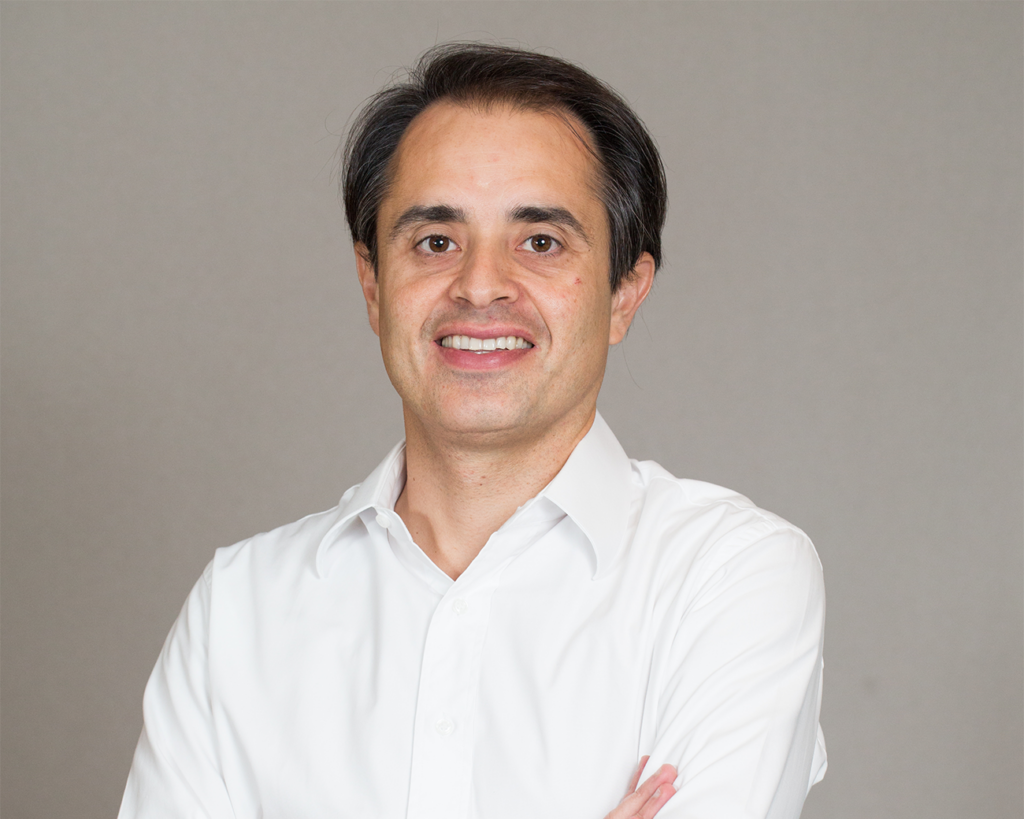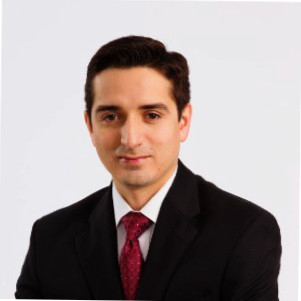LP Profiles, Member Profiles
Marek Herchel, Managing Director, AlpInvest Partners
3 February 2016

LAVCA spoke with Marek Herchel, Managing Director of AlpInvest Partners, to learn more about their allocations to emerging markets and how today’s market volitility has impacted their overall startegy.
LAVCA: Please provide some background on AlpInvest Partners. How has the firm evolved from its Dutch pension fund origins?
Herchel: In 1999, AlpInvest Partners became the exclusive private equity manager for the two largest Dutch pension funds. For the following decade, AlpInvest Partners invested mainly on behalf of its major clients APG and PGGM, asset managers for these two large Dutch pension funds. In 2011, APG and PGGM transferred the ownership of the management company to The Carlyle Group and AlpInvest’s senior management. In 2013, Carlyle acquired the remaining interest in AlpInvest from AlpInvest’s senior management; however, APG and PGGM continue to be amongst our most important clients.
 Over the past 5+ years we have diversified our business, both in terms of clients and product offerings. As of December, the aggregate capital committed to AlpInvest has grown to over €60 billion from over 30 institutional investors. We believe that this growth is a reflection of the increasing importance of private equity in many developed and emerging economies.
Over the past 5+ years we have diversified our business, both in terms of clients and product offerings. As of December, the aggregate capital committed to AlpInvest has grown to over €60 billion from over 30 institutional investors. We believe that this growth is a reflection of the increasing importance of private equity in many developed and emerging economies.
LAVCA: Roughly what percentage of your portfolio do you allocate to emerging markets private equity? To Latin America specifically? Will this change going forward?
Herchel: We take a long-term, top-down investment perspective—analyzing the global economic trends affecting private equity. Operating in Amsterdam, New York, and Hong Kong, we generally have deployed in excess of $2.5 billion across our primary, secondary, and co-investment activities annually. We have over 150 core general partner relationships worldwide and are a proactive partner across the spectrum of the private equity market, including in emerging markets.
While the co-investment and secondary activity in emerging markets tends to be more driven by dealflow, the fund investment team follows a deliberate allocation process: top-down segment analysis and bottom-up general manager selection. Twice a year the investment team, along with our in-house economist and allocation professionals, analyzes the general characteristics, size, and growth rates of all private equity market segments. Once favorable segments are identified, the investment team seeks to identify the best-in-class general partners based on the team’s desired geography, strategy and industry focus. We do not expect this approach to change going forward.
In terms of actual deployment in emerging markets, we have generally remained around 15% over the past several years, with some fluctuations year to year. Latin America has in turn represented about 20% of the emerging market totals over the same period.
LAVCA: How has your strategy for emerging markets evolved? What geographies or countries are of particular interest to you right now and why?
Herchel: As long-term investors we generally intend to maintain target emerging markets exposure at about 15% within a well-diversified global private equity portfolio, subject to mandate-specific requirements. We see it as premature to expand that share right now despite anticipated macro recovery over the next few years. In spite of the slowdown in China, growth in emerging markets is expected to accelerate to >5% by 2020 from ~4% last year, while growth in developed countries is expected to stay flat over the next five years. However, despite the ongoing sell-off in EM equities (-18% last year and another 10% in early 2016), valuations don’t really look cheap in terms of P/E ratios relative to history.
Given the recent drop in commodities and the general deleveraging cycle in the emerging markets, commodity exporters appear particularly vulnerable, with few signs suggesting a sustained turnaround in global markets, most notably in oil. Countries that look more stable to us from a macro perspective include Mexico and India, though they continue to be expensive relative to longer-term historical benchmarks. Colombia and Chile, on the other hand, appear to be more reasonably priced relative to their historical levels and continue to exhibit decent macro trends.
Brazil is an interesting example. While the macro story remains challenging and the political situation continues to get more complex, the competitive landscape looks relatively more attractive in the middle market segment where smaller companies struggle to find equity and debt financing. We have made several commitments in this space in the past 12 months which will be deployed over the next 3-4 years. We expect that this portfolio will benefit from favorable asset prices and diversification in terms of underlying assets. We currently take a bit more cautious view on co-investments, as we believe the exchange rate pressures for dollar-based investors will continue.
LAVCA: How does today’s market volatility (interest rates, currency, etc.) impact your overall strategy? How are you thinking about your current portfolio and potential new opportunities (energy, credit, distressed, infrastructure) in developed and emerging markets?
Herchel: Post the financial crisis, near-zero interest rates encouraged imprudent borrowing in emerging markets which now requires massive deleveraging. While some countries have made good progress in deleveraging their economies and addressing their internal and external imbalances, this process is not yet over and could take some more time to complete. Until then, asset prices and specifically FX rates could remain volatile and under downward pressure.
In this environment, we believe manager selection is particularly critical. Our focus is on GPs that have successfully managed this level of volatility before and have the experience and skill to invest in undervalued companies in sectors that are under-represented in public indexes, but benefit from long-term structural growth, e.g. consumer-related industries, healthcare, and financial technology.
We continue to prefer buyouts/growth capital and the middle market segment in particular. Distressed investing could be an interesting satellite strategy, e.g. China where the quality of bank assets has worsened materially. Another potentially interesting strategy is secondaries, exploiting potential mispricing of underlying assets amid macro uncertainty.
We remain particularly cautious with regard to VC in emerging markets. Huge capital flows by non-traditional investors, especially into China and India, have driven up valuations to levels that seem rather rich.
LAVCA: How do you seek to access opportunities in emerging markets?
Herchel: AlpInvest has the financial scale and global reach to partner with the world’s largest private equity firms as well as specialized high-performers. We work to leverage the skills and networks of our local investment teams to identify market opportunities top-down. We then pro-actively seek-out the relevant sponsors in each of the regions/countries of focus and build relationships with them over time. We are happy to start these relationships through a primary commitment, a secondary purchase or a co-investment. In emerging markets, we generally look for a complementary combination of exposure to pan-regional fund managers that can follow more flexible strategies and country-focused funds with particularly deep market knowledge, as we have done in Brazil. The common thread among them is experienced and deep local teams.
LAVCA: What would be a typical commitment size that you’d make to a fund in Latin America? Do you most often target mid-market or large funds?
Herchel: We have relationships with funds across the spectrum, from $150 million to over $2 billion in size, and our commitment sizes will vary accordingly. We typically seek to be a top limited partner and secure an advisory board seat in each fund. Our allocations to Latin American funds typically have been in the range of $20 million – $75 million per fund investment.
LAVCA: What is AlpInvest’s exposure to VC/early stage globally? Are you looking at VC/early stage in emerging markets?
Herchel: We believe that VC should typically represent 0-10% of a well-diversified global private equity portfolio, subject to mandate-specific requirements. Within the VC allocation, we have always been active in emerging markets. However, we believe that VC is a global market, both in terms of where new technologies are developed and where the actual customers are located. Therefore, we simply consider emerging markets VC a part of our global VC allocation. Here we are doggedly focused on manager quality, and are willing to flex our allocation to emerging markets VCs from year to year to capture the top tier managers. Emerging markets have typically run within a 10-30% range within a VC vintage.
LAVCA: How do you go about finding and selecting the best fund managers? Will you invest in a first-time fund?
Herchel: This really gets at the core of our business. We believe a consistent and proven manager selection process is the only way to generate sustainable returns in private equity. First, we strive for 100% universe coverage. We proactively canvas the universe of managers in each segment and continuously update our view. Second, we market the strength of our platform and network of relationships in order to obtain access and our desired allocation. Third, we complete a thorough diligence process and benchmark the manager along numerous dimensions relative to other comparable opportunities. As a result of our knowledge and approach, we can often commit to funds that we like both in size and before a PPM ever hits our desk. We also constantly reflect and strive to improve our diligence and investment process and learn from our missteps.
We have backed first time funds on numerous occasions, when we believed their market positioning and prospects for outperformance were tangible. Often we have been able to obtain preferred terms which we can pass on to our investors. First time fund or not, we always insist on a high level of transparency, good governance and most of all, a strong alignment of interests.
LAVCA: What role does ESG play in your investment strategy and ultimately, the selection of fund managers?
Herchel: Given our roots, responsible investment has always mattered to AlpInvest. We have been a leader in this field since 2008, contributing to its development and implementation across the private equity industry. We have been involved in a wide range of ESG-related private equity initiatives, including the PRI Private Equity Steering Committee, Institutional Limited Partners Association (ILPA), the Invest Europe Responsible Investment Roundtable, and the Dutch Private Equity Association (NVP) ESG Committee.
First and foremost, we believe that responsible investment is good for business and that taking a proactive approach to ESG issues can help deliver value and ultimately contribute to investment returns. In 2008, we implemented formal processes to integrate ESG into our investment processes and to promote ESG as an investment consideration both within our portfolios and more broadly among GPs. AlpInvest’s responsible investment strategy is overseen by senior management and a dedicated Responsible Investment officer directs its development and integration. Our investment teams are closely involved in the execution of this strategy and, together with our legal team, are responsible for ensuring that our investments comply with the criteria we have agreed upon with our investors.
As a result, every new investment made since 2009 has been subject to our ESG due-diligence process. This includes, in total, over 400 primary fund commitments, secondary transactions and co-investment opportunities. Our work in this field has given us an in-depth understanding of the progress made on responsible investing across the private equity industry.
We engage directly with our GPs on ESG issues at various levels globally, including one-to-one meetings where we provide education and practical guidance on integrating ESG considerations into their investment processes. We also play an active role in monitoring ESG incidents, investigating those we become aware of in order to further our understanding of how GPs and portfolio companies are managing such issues.
LAVCA: What is your advice to fund managers interested in approaching AlpInvest as an investor?
Herchel: Please come and talk to us when you are not yet fundraising. We always find it more constructive to build a relationship “off-cycle” when we get the opportunity to really get to know each other. While our investment process is very flexible and we can move fast when appropriate, on average, it takes us about one fund cycle to get to know a manager before we make a commitment.
You may be interested in...
-

Luciana Antonini Ribeiro, eB Capital
Executive: Luciana Antonini Ribeiro, Co-Founder and CIO Member Name: eB Capital Year...
-

Cristiano Gioia Lauretti, Kinea Private Equity
Member: Kinea Executive: Cristiano Gioia Lauretti, Head of Private Equity HQ: São...
-

Maria Pia Iannariello, MGM Innova Capital
LAVCA recently spoke with Maria Pia Iannariello, Co-Founder & COO of MGM Innova Capital,...
-

Rafael Ramirez, Portfolio Manager, Alaska Permanent Fund Corporation
LAVCA recently spoke with Rafael Ramirez, Portfolio Manager– Private Equity &...